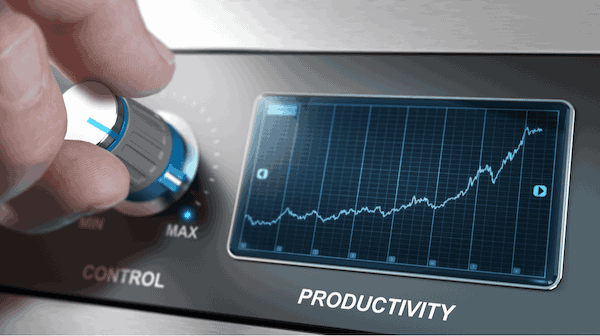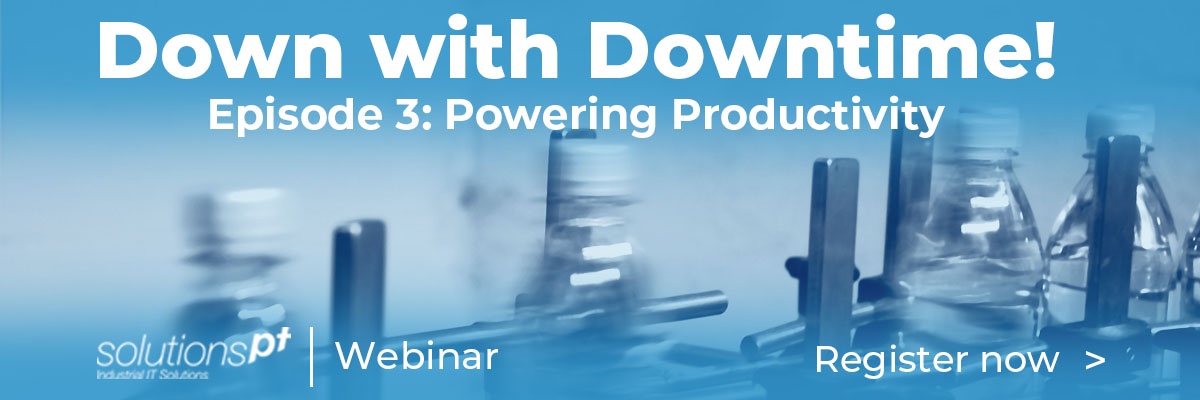In my previous blogs, I discussed why IIoT is an important part of your digital transformation journey and how it can be implemented rapidly. So, let’s now look at the key benefits of Industrial IoT once you’ve taken the steps to implement it.
 We need to satisfy three key stakeholders in our organisations to make sure we get the maximum benefit from this approach:
We need to satisfy three key stakeholders in our organisations to make sure we get the maximum benefit from this approach:
- The Economic Buyer: Somebody must answer to the business. Our solution must prove ROI, not just promise it.
- The Technical Buyer: This is the person responsible for installing and/or maintaining the system. If their lives get more difficult, it’s a no-go situation.
- The Functional Buyer (or System User): If the Industrial Internet of Things solution fails to help frontline workers be more efficient or we don’t get their buy-in, we’re dead in the water.

The Economic Buyer
The manager or the executive - this is where the buck stops. Their goal is to see the technology they’ve invested in not only working but also having a positive impact on the bottom line. Why else would they even consider spending money on a system?
Today’s managers and executives have a multitude of pressures. They lie awake at night calculating the money they spend on systems without having a way to prove ROI. It’s a risky business.
IIoT helps them sleep better by introducing the concept of SaaS and subscription-based procurement. Pay as you go, it’s as simple as that! No more big capital outlays to worry about and the associated risk of on-premises solutions.
It’s up to the suppliers of the technology to ensure their customers are kept happy. Why? Because they’re kept on their toes making sure systems deliver on the promise of better efficiency and improving the bottom line.
They also want instant gratification and have access to the information they need to make decisions that impact the business on a larger scale. They need to compare the performance of assets across the enterprise to make sure they run at optimal levels.
A bird’s-eye view is a given today. The next step is having the analysis tools available to understand and improve the performance of assets.
The Technical Buyer
These are the folks who install and maintain the digital infrastructure that supports IIoT solution. It’s their responsibility to ensure systems are always operational, a responsibility which brings its own pressures. Don’t forget in today’s evolving landscape, there’s an additional risk to keep in mind - cybersecurity.
Their work normally starts at the beginning of the project when the pressure is on to get the system running. A traditional big bang approach is frustrating as they only have one chance to complete FAT (Factory Acceptance Test).
Using the Industrial IoT approach, deployment is incremental and agile. The pressure to get big server rooms ready doesn’t exist. The supplier is responsible for back-end infrastructure and to make sure all cybersecurity plans are in place. All they need to ensure is that edge devices can collect data from assets.
This allows the technical teams to work more efficiently and focus their attention on enhancing the system as the business evolves on its digital transformation journey.
By utilising open communication standards they’re not tied to a single vendor. With the flexibility of SaaS and subscriptions, they can now rest assured that in the event they need to switch suppliers or solutions, it can be done with minimal technical debt.
This requires up-front investment to make sure best practices are followed when designing cloud-connected infrastructure. The good news is most manufacturing plants have a mature cloud-first strategy, so DMZs and security are already in place.
The Functional Buyer
It’s imperative that front-line workers get the right information at the right time to make the right decisions. This seems obvious, but a lot of systems fail at this point.
Systems need to be designed to serve and not to be served. Workers shouldn’t need to look for information, information should be brought to them where they normally are - on the plant floor.
Greater connectivity means they’ll be immediately alerted to abnormalities in the process and then automatically receive the guidance required to remedy the situation. This empowers them to work more productively and with better results. Your organisation then has workers that enjoy the jobs they’re doing, transitioning them from firefighters to proactive problem solvers.
The modern worker is a digital native and expects their employers to provide them with the same tools they’re used to working with in their daily lives. Nobody wants to work in a factory that doesn’t provide you with the right tools to do your job properly.
Ready to See IIoT in Action?
This is the greatest benefit of IIoT - you can get your toes wet without it costing you a fortune. It’s easy to try out and is incredibly simple to get to grips with. But a word of caution: make sure you understand where the low hanging fruit is in your organisation.
We recommend identifying how technology can make a difference within your plant and where. There’s help available for that as well and our experts are on hand to help you on your digital transformation journey.
Down with Downtime!
In our upcoming webinar, we explore the tools that enable you to achieve a more efficient workforce, with relevant data and knowledge of procedures at their fingertips, in any location. By using AVEVA solutions, you can empower staff to make faster and better decisions, powering productivity on production lines all over the world. Register for the webinar now by clicking the link below.
However, if you do want to waste any more time on downtime and would like to see it in action, simply sign up for a free 45 day trial. 

